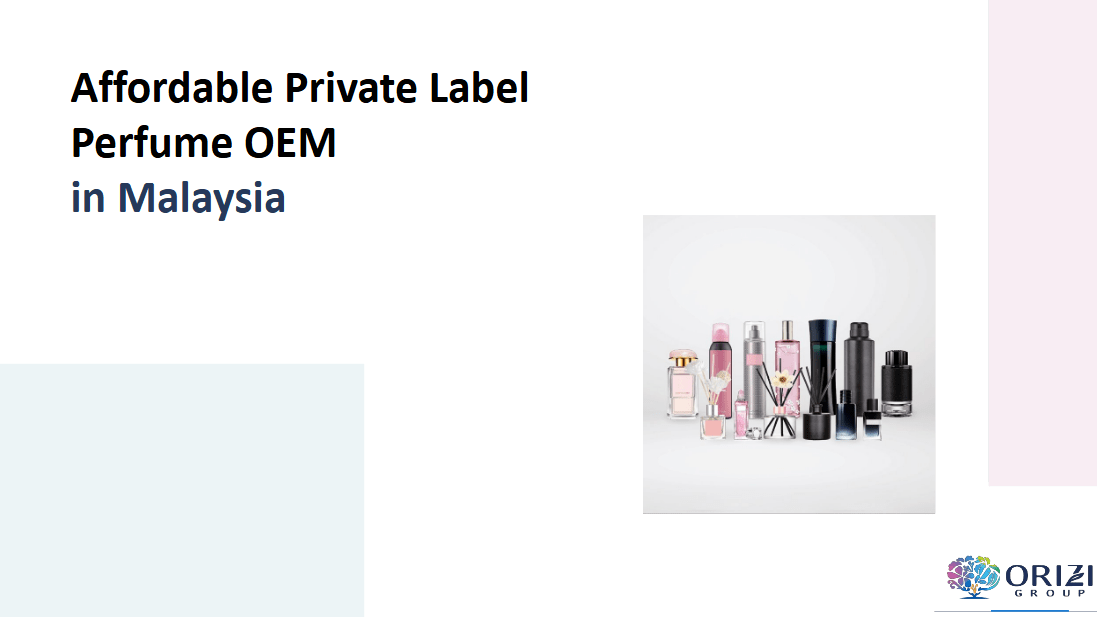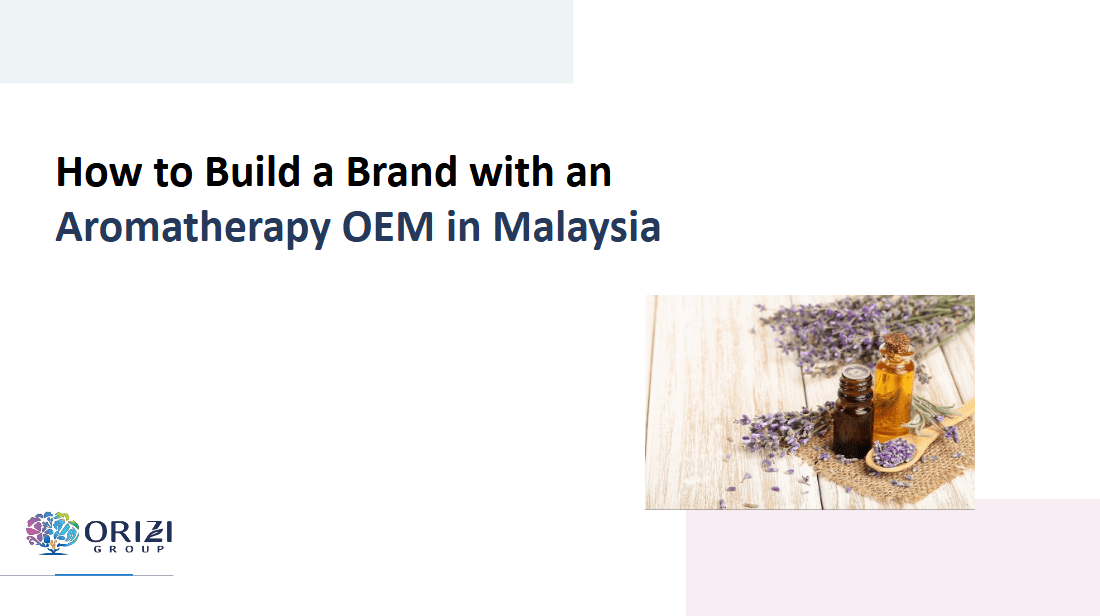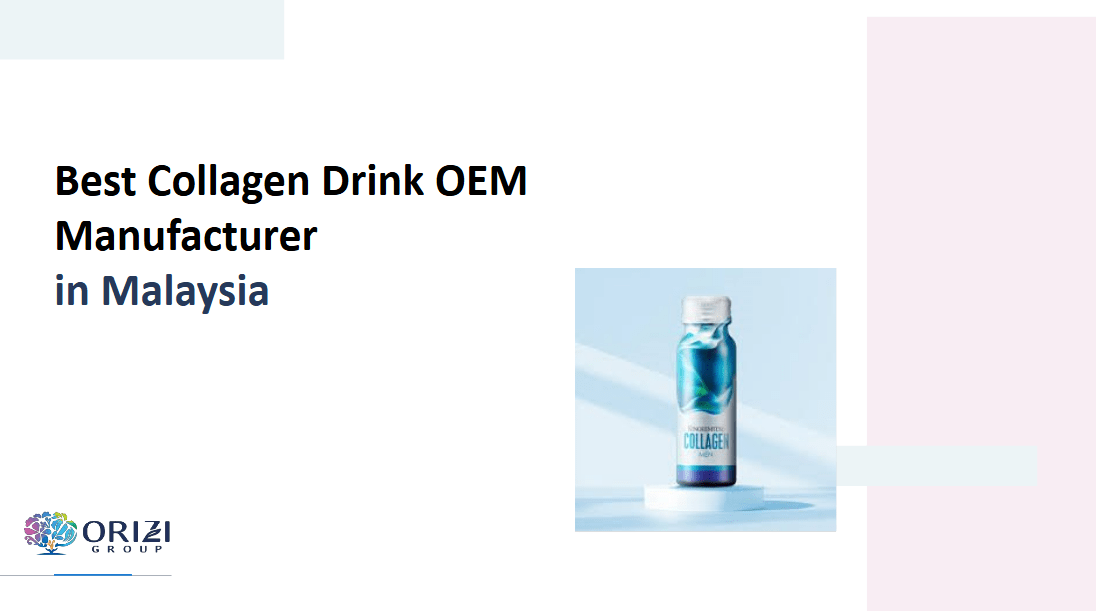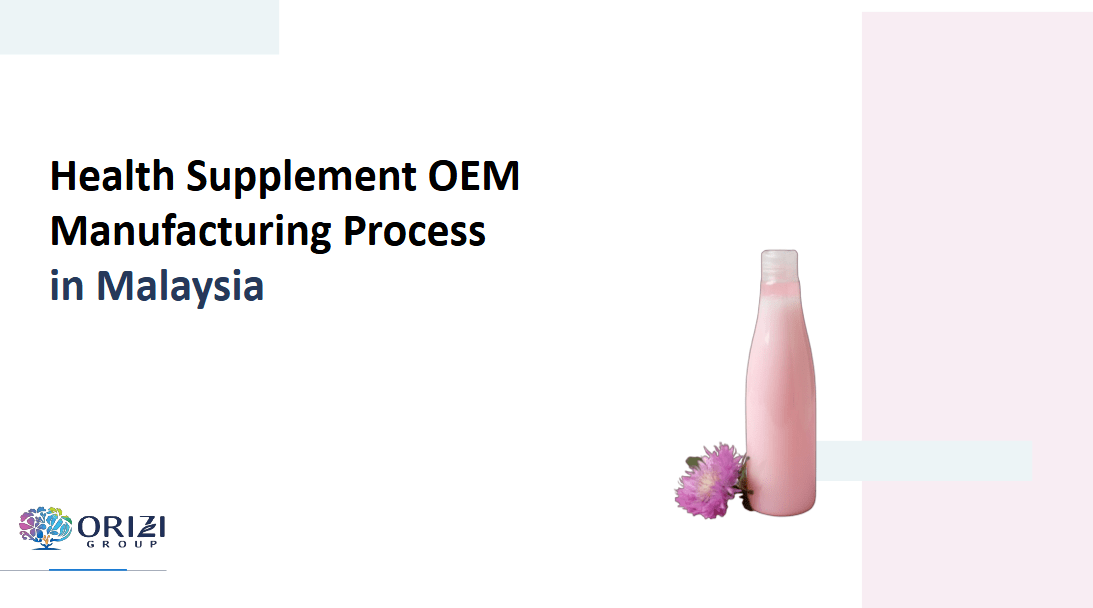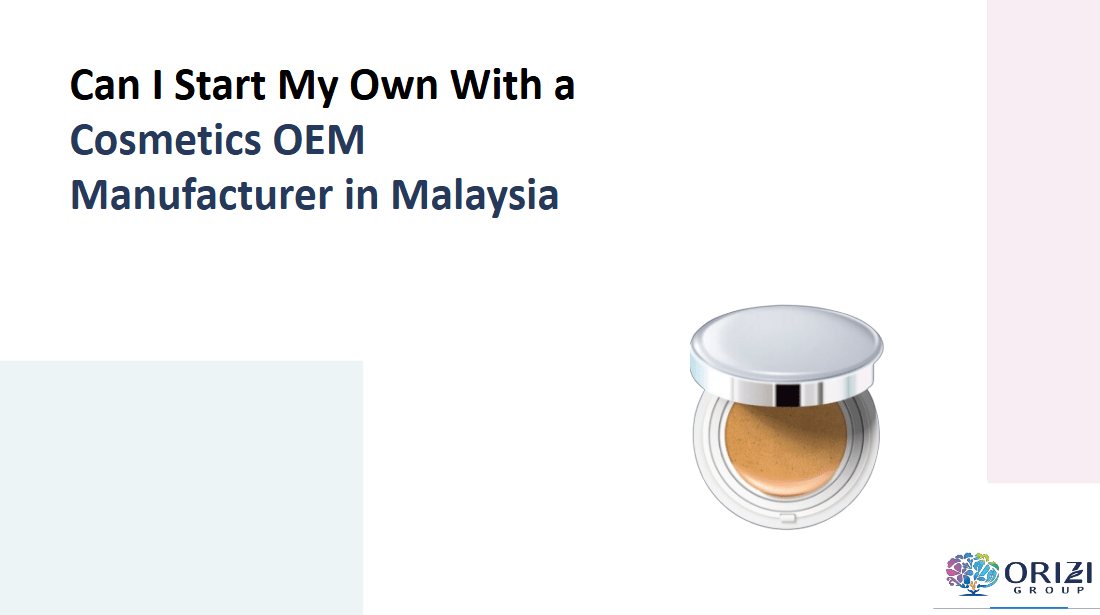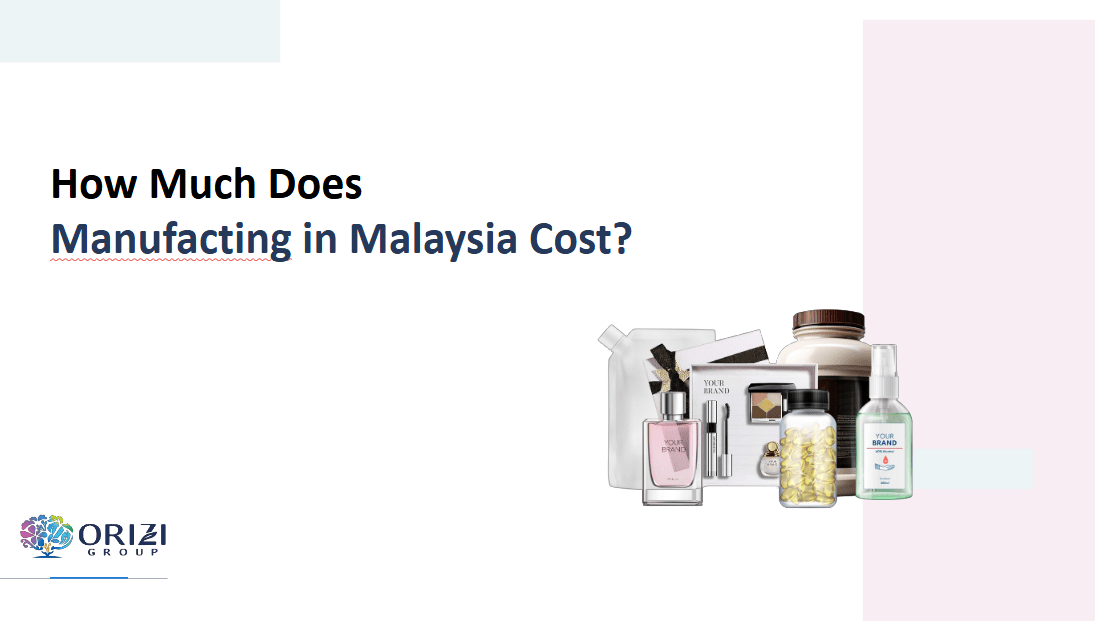
Table of Contents
Thinking of launching your own product brand? Choosing OEM manufacturing in Malaysia is a strategic move — but one of the first things entrepreneurs want to know is: how much will it cost? While actual prices vary by project, this guide outlines the key factors that influence OEM costs in Malaysia, especially in industries like skincare, supplements, cosmetics, and functional food. Understanding these elements will help you prepare your budget and avoid hidden surprises.
What Affects OEM Manufacturing Costs?
OEM costs vary depending on the complexity and scope of your product. The most common influencing factors include:
- Product Type: Is it a cosmetic cream, nutritional powder, supplement tablet, or beverage? Different formats require different processes and machinery.
- Formulation & Ingredients: Custom formulas or patented actives will involve higher development effort than stock formulations.
- Testing Requirements: OEM manufacturers often conduct safety, stability, and microbiology tests depending on your product’s claims.
- Regulatory Requirements: Products that require NPRA registration, Halal certification, or MDA compliance may include documentation and preparation costs.
- Production Volume (MOQ): Lower quantities tend to have higher per-unit production cost due to setup time and material wastage.
- Packaging Type: Customized bottles, jars, tubes, sachets, or boxes affect both unit and setup costs — especially if unique molds or printing are needed.
Cost Drivers in Skincare, Cosmetics & Supplements
Each category has its own manufacturing requirements:
- Skincare & Cosmetics: These often involve emulsification, filling, and sealing processes under ISO 22716 or GMP-certified environments. Popular products include serums, creams, gels, and masks.
- Health Supplements: Powders, sachets, or tablets may be manufactured under ISO 22000, HACCP, and Halal standards. Key cost drivers include ingredient sourcing, solubility, and taste masking.
- Functional Foods & Beverages: These need safe food-grade processing and may include ingredients like collagen, probiotics, and plant extracts, requiring more advanced formulation and testing.
The complexity of actives, dosage accuracy, and required certifications all impact the overall cost.
Certifications & Compliance Fees
Working with an OEM manufacturer that offers full regulatory support helps ensure your product is safe, legal, and globally accepted. However, certifications can contribute to cost.
Common certifications required in Malaysia:
| Certification | Description |
|---|---|
| GMP (NPRA) | Required for cosmetics, supplements |
| ISO 22000 | Food safety management (health food/beverages) |
| ISO 22716 | International standard for cosmetic production |
| ISO 13485 | Medical devices |
| Halal (JAKIM) | Mandatory for Muslim markets, adds global trust |
| NPRA / MDA Registration | For regulated products like supplements, medical gels, or disinfectants |
Each adds value but also involves documentation, technical files, audits, and sometimes lab testing.
Packaging, Design & MOQ Considerations
Your brand’s look and feel matters — and so does how much you order:
- Custom packaging designs may require mold fees or minimum printing runs.
- Multi-component packaging (e.g., bottle + box + insert) increases handling and storage.
- Sourcing imported bottles or eco-friendly materials can raise costs, but add market value.
- Lower MOQ = higher per-unit cost due to setup time and material wastage.
Many OEM manufacturers in Malaysia offer Ready-to-Brand (R2B) or semi-custom solutions to help balance design and budget.
Reducing OEM Costs Without Cutting Quality
You don’t need to sacrifice quality to manage your cost. Here are some proven strategies:
- Start with existing formulations and improve them with unique actives.
- Use local ingredients and packaging to reduce shipping/import costs.
- Work with OEMs who offer one-stop services, including registration, branding, and sourcing.
- Plan for scalability — bigger volumes later = better pricing.
- Combine SKUs using similar bases to share ingredients and packaging.
OEM manufacturing in Malaysia is known for being flexible, making it easier for you to grow with confidence.
There’s no fixed number when it comes to OEM manufacturing costs in Malaysia, because every brand has unique goals, formulations, and product strategies. But by understanding the major cost factors — from formulation and certifications to packaging and MOQ — you can make smarter decisions, manage your budget effectively, and avoid common pitfalls.
Malaysia’s OEM ecosystem is built to support both new entrepreneurs and established global brands with full compliance, flexible volumes, and a wide variety of product categories from skincare to health food and medical devices.

